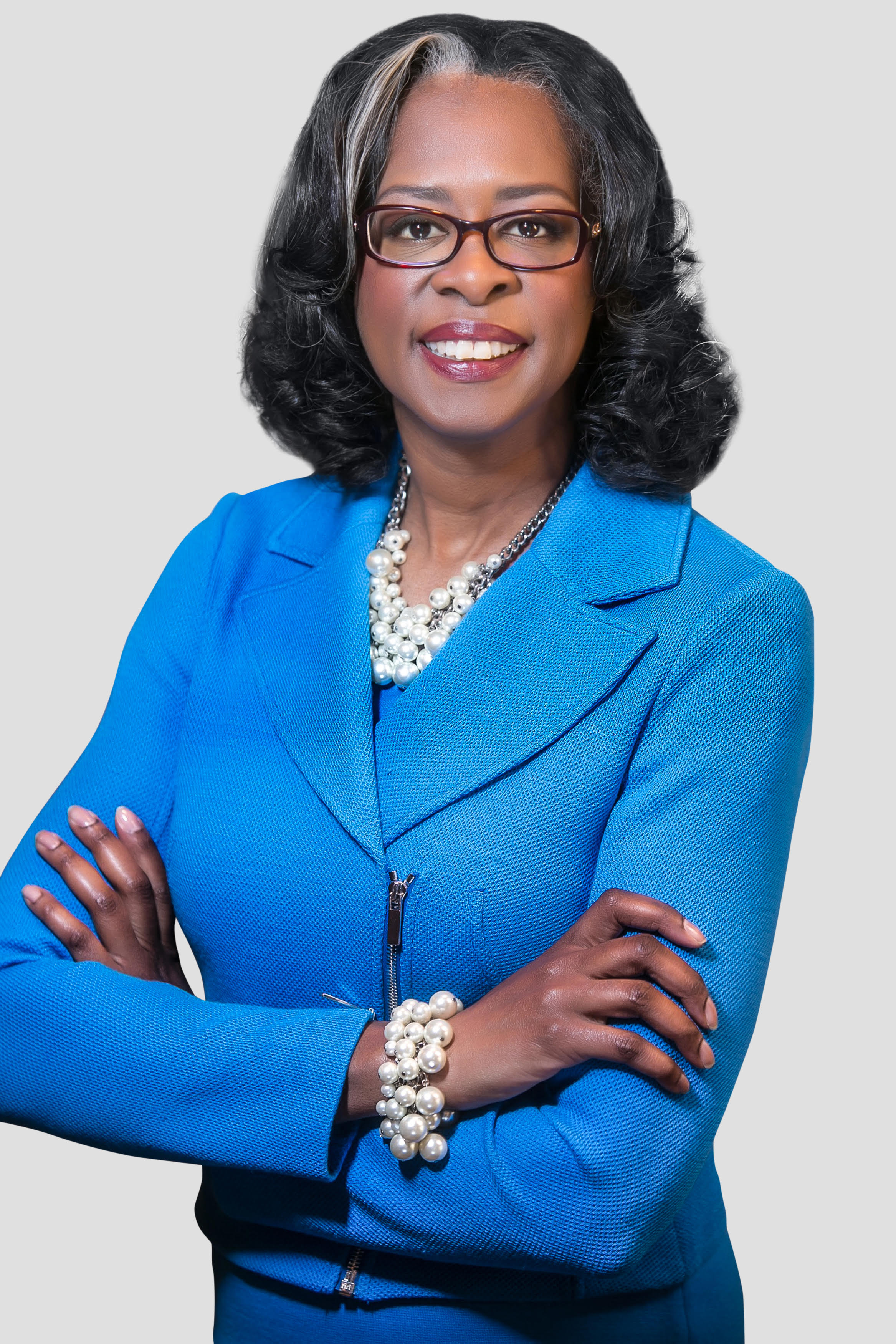Diversity: Better Business—Not Just the Right Thing To Do

Angela L. Talton
Chief Diversity Officer at Nielsen
This month, the LEAD Network newsletter features Angela L. Talton, Chief Diversity Officer at Nielsen. Angela will host a session on “Diversity: Better Business—Not Just the Right Thing To Do” at this year’s LEAD Network Event in London. She will explain how Nielsen’s definition of diversity takes a broader view. How to connect the dots between diversity, inclusion, innovation, and growth. She will also tell us how leveraging diversity will provide superior results for clients and how you can have a voice at the table to make an impact. To learn more about Angela, read the full story here.
- Can you tell us a bit about your background and your role?
I joined Nielsen in 2007 as Senior Vice President, Global Call Center Operations where I chartered a significant transformation agenda. I have over 17 years of experience in operations, six years in diversity & inclusion, two years in IT, and six years in financial reporting.
As Chief Diversity Officer for Nielsen, I am responsible for Nielsen’s global diversity and inclusion strategy which includes communications, advertising & brand awareness; supplier diversity; metrics & measurement; community outreach, sponsorship and alliances; and D&I recruitment, retention and development initiatives (re: employee resources groups and leadership development programs).
During my tenure in diversity and inclusion, Nielsen has progressively improved its ranking to become one of the top companies for diversity and inclusion on the DiversityInc list of Top 50 Companies, Diversity MBA’s Best Companies for Diversity and Inclusion, Disability Equality Index Best Places to Work, Fortune’s Best Places to Work (for Diversity and for Millennials). During the past five years we consecutively achieved a 100 score on the Human Rights Campaign Corporate Equality Index. Internationally, Nielsen has earned HRC equal recognition on HRC Mexico’s Equidad MX Index, ranked on Inclusive Top 50 UK Employers and has been recognised as one of the 100 Best Companies for Women in India by Working Mother and Avtar.
- Why is diversity important for you?
Before working in the diversity and inclusion industry, I worked with large groups of people in Operations. My role as leader was to create a work environment that was accommodating, inclusive, respectful and equitable. Whether it was access for employees with disabilities, promotional opportunities for diverse groups, or merely sharing information equitably for all employees, I wanted to ensure our employees knew we valued them and viewed them as our most valuable, sustainable resource.
With this background, the transition to diversity and inclusion was the perfect next step for my career and my desire to assist employees in accelerating their career trajectory. I think it is essential to reflect the diversity we see in the population at large and to do this at all levels of an organisation. For societies to move forward, all voices should be heard; this is the basis of diversity and inclusion. We first must recognise there are diverse voices and then be open to include those different voices to ensure they are being heard.
- What is your perspective on LEAD Network and what advice would you have for us?
Having met and engaged with the LEAD Chapters in Spain and Turkey, I have found the organisation, platform and mission align with Nielsen’s Diversity & Inclusion Strategy. With a focus on Employees, Clients and the Community, we use a five-pronged approach focused on Accountability, Career Development, Retention, Supplier Diversity, and Education/Engagement to achieve the mission to “Infuse diversity and inclusion into everything we do”.
Our Nielsen Diversity & Inclusion Strategy aligns with and ‘connects the dots’ between diversity and inclusion and our overall Nielsen Operating Strategy for the 106 countries in which we operate. We express how important it is to provide clients not only with data but with insights about why different consumers behave the way they do and have the preferences they do. Often this is a result of their diverse backgrounds and cultural experience. Having diverse workforces who feel they can share their thoughts and opinions allows us to accurately and authentically reflect consumer preferences.
- Tell us about something innovative you’ve done recently related to diversity?
Working with our Steering Committee consisting of our CHRO, future CEO, COO, and our leaders of the Watch and Buy businesses, I was able to create a leadership development program that was the most diverse program we had at Nielsen. We sought to create a class of participants that was 25% Asian, 25% African-American, 25% Hispanic/Latino and 25% Caucasian. It was also at least 50% female diverse and inclusive of the LGBTQX and people with disability communities.
This Diverse Leadership Network, a 15-month ‘mini-MBA’ Program providing participants with a coach for the full 15 months, curriculum, case studies and faculty workshops, indeed became the catalyst to cultural change at Nielsen. With this program, we were able to provide Visibility, Access and Opportunity to these employees.
Moreover, it truly opened the eyes of our leaders as to the value of diversity and to the fact that if we are looking for top talent, we need to look no further than our own backyard.
Five years later we have graduated four classes where 93% of the programme participants have been promoted; where 40% have attained a VP level and where the class participant retention rate is 30% better than an equivalent top-performing subset of associates.
- How important is diversity within your organisation?
At Nielsen, Diversity and Inclusion are viewed as key components of the company’s operating strategy. Our CEO, Mitch Barns, states that diversity and inclusion are crucial to the growth, strength and ability to innovate at Nielsen.
- What is your biggest achievement related to diversity?
Our greatest achievement has been our strategic approach to align diversity and inclusion to our overall business strategy. We emphasize the importance of understanding all consumers and sharing those insights (not just data) with our clients. We have a diversity and inclusion strategy that is seen as a global business imperative. Our D&I strategy uses a five-pronged approach to strategically further our progress whereby we empower and hold our leaders accountable to the progress they make with D&I. We created our own definition for diversity (variety of abilities, skills, experiences and cultural backgrounds) and inclusion (to value and leverage differences to achieve superior results). We trained associates so we would all speak the same language. We saw the exponential growth of ERGS so that today we have nine different ERGs assisting with retaining associates with at least one in 77 of the 106 countries where we operate. We have made leadership development and supplier diversity integral parts of our programming as well as communicating the value of diversity through thought leadership and educational, in-kind giving programs. Our strategic approach to furthering diversity and inclusion has been our greatest achievement.



